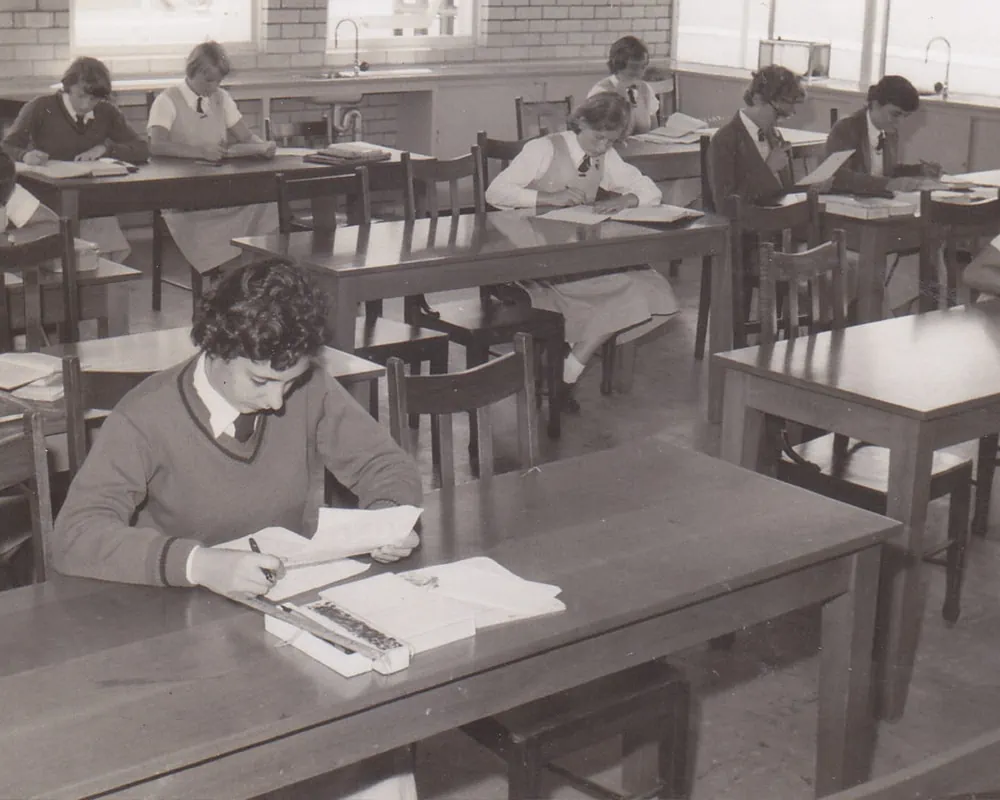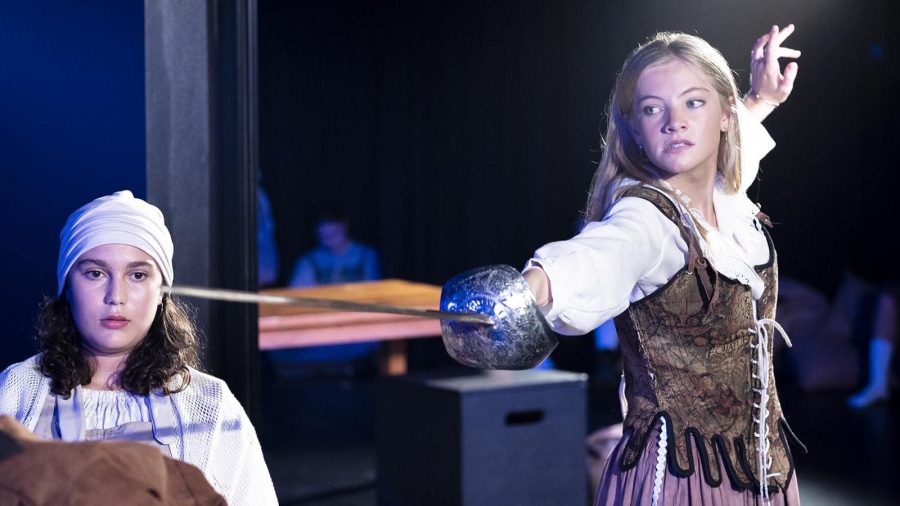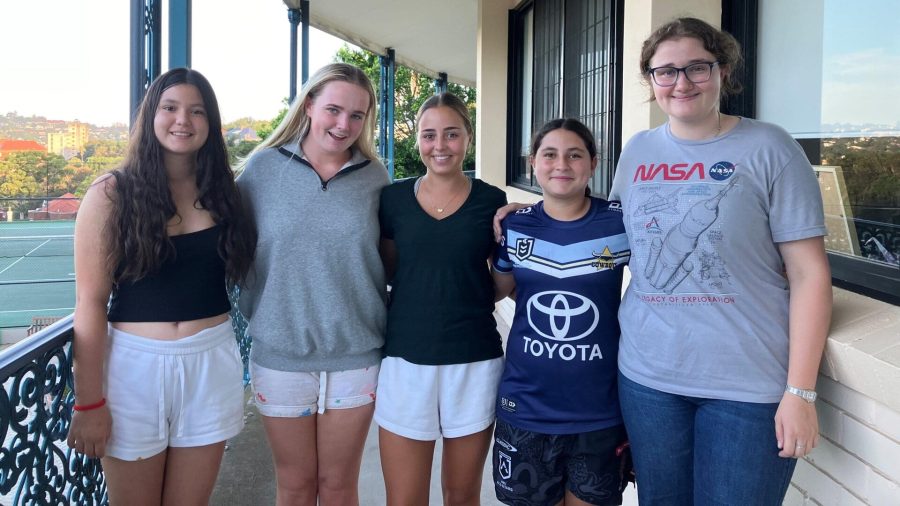There is a rich history behind the Dalton Plan’s ongoing success at Ascham. The application of the concepts of Independence, Responsibility, Collaboration and Reflection (referred to as the pillars of Dalton) across the School curriculum has benefited generations of Ascham girls for over 100 years. It has enabled the Dalton Plan to remain as relevant today as it was in 1922 when it was first introduced to the School.
The Dalton Plan first emerged in 1919, when Helen Parkhurst began developing the initial teaching and learning concepts that would later form the formal Plan. Inspired by Dr Maria Montessori’s experiments in early childhood education, Parkhurst created and implemented the first iteration of the Dalton Plan in a science class in Massachusetts, USA, in 1912.
In May 1920, an article was published in the Educational Supplement of The Times about Dr Montessori and Miss Parkhurst’s education experiments. This article found its way into the hands of Ascham’s then Headmistress Miss Margaret Bailey, thanks to Miss Eva Fry, long-term Head of Mathematics at the time. Miss Bailey and Miss Fry were so impressed by the experiments that they immediately sought to implement a similar system at Ascham. However, a lack of space on the Ascham grounds prevented them from doing so!
To solve this problem, Miss Bailey converted one of the garden buildings into a large classroom for the younger children at the School. This created additional classroom space for the Senior School students that was conducive to independent study and thus, the Dalton Plan was officially introduced at Ascham in 1922.
Despite a few weeks of adjustment as well as some initial outside criticism, the adoption of the Dalton Plan was relatively seamless. Jane Gilmore, Miss Bailey’s biographer, stated that when other schools introduced the Dalton Plan, they invariably lost momentum. However, in her book Margaret Bailey, Pioneering Headmistress of Ascham, she says that, ‘Margaret Bailey was not someone to give up in the face of institutional or external pressure and had the advantage of being the owner of the School—so therefore, [was] not accountable to anyone other than the students and their parents.’
A few months after successfully introducing the Dalton Plan, Miss Bailey set sail for Canada and the United States where she visited the Children’s University School in New York, which had been established by some of Miss Parkhurst’s friends. Miss Bailey also visited London where she met Miss Belle Rennie who had formed the Dalton Association. Through this introduction, Miss Bailey was able to visit several English schools and a conference, gleaning further ideas on teaching via the Plan.
An early indicator that the Dalton Plan was a success, was the increase in students staying until their final year of school and continuing to university. The structure of the Dalton Plan gave them a great advantage, especially enabling them to quickly adapt to their first year of tertiary study.
Between 1922 and the post-War era, Ascham had its first university graduates in fields such as Vet Science, Architecture and Law. Ascham Old Girl Dr Joan Storey (Class of 1938) became the first woman to win the university medal in Medicine before training as an obstetrician and gynaecologist.
Nancy Vada Gibb attended Ascham between 1955–1956. As a fully deaf person, she excelled under the Dalton Plan. After Ascham, she attended UNSW and became a scientist in Clinical Biochemistry at St Vincent’s Hospital, as well as a Medical Researcher and Senior Scientist in several faculties at the University of Queensland.
In 1972, Ascham’s Headmistress Miss Merilee Roberts wrote a paper, ‘50 Years of the Dalton Plan’. She discussed how classes were originally held in the morning and Studies in the afternoon. This has changed to classes and Studies being scattered throughout the day. Miss Roberts noted that one of the Dalton’s Plan’s greatest advantages was the emphasis on the learning process rather than the teaching process. She argued that this differentiation provided a closer relationship between teacher and student in comparison to other learning systems.
In 1973, Mrs Rowena Danziger became Headmistress and took Ascham through the remainder of the 20th century. She ensured the survival of the Dalton Plan by introducing new elements to the curriculum. Notably, Mrs Danziger altered the teaching of Science, in association with teachers Mr Hunt, Mr Robinson and Mrs Rossiter who implemented a large practical component that explored science in everyday life and at a global level.
In 2001, Dalton International was established, solidifying the Dalton Plan into the 20th century. There are now over 50 Dalton schools worldwide. Ascham has also transitioned many Dalton learning tools to a digital landscape to keep up with advancing technology.
Although the Dalton Plan may look different to how it was initially implemented in 1922, the core values and pillars are still in effect today. The Dalton Plan’s success is evident as it has empowered and inspired generations of Ascham girls to attain the best education and life skills possible.
Marguerite Gillezeau | Archivist



